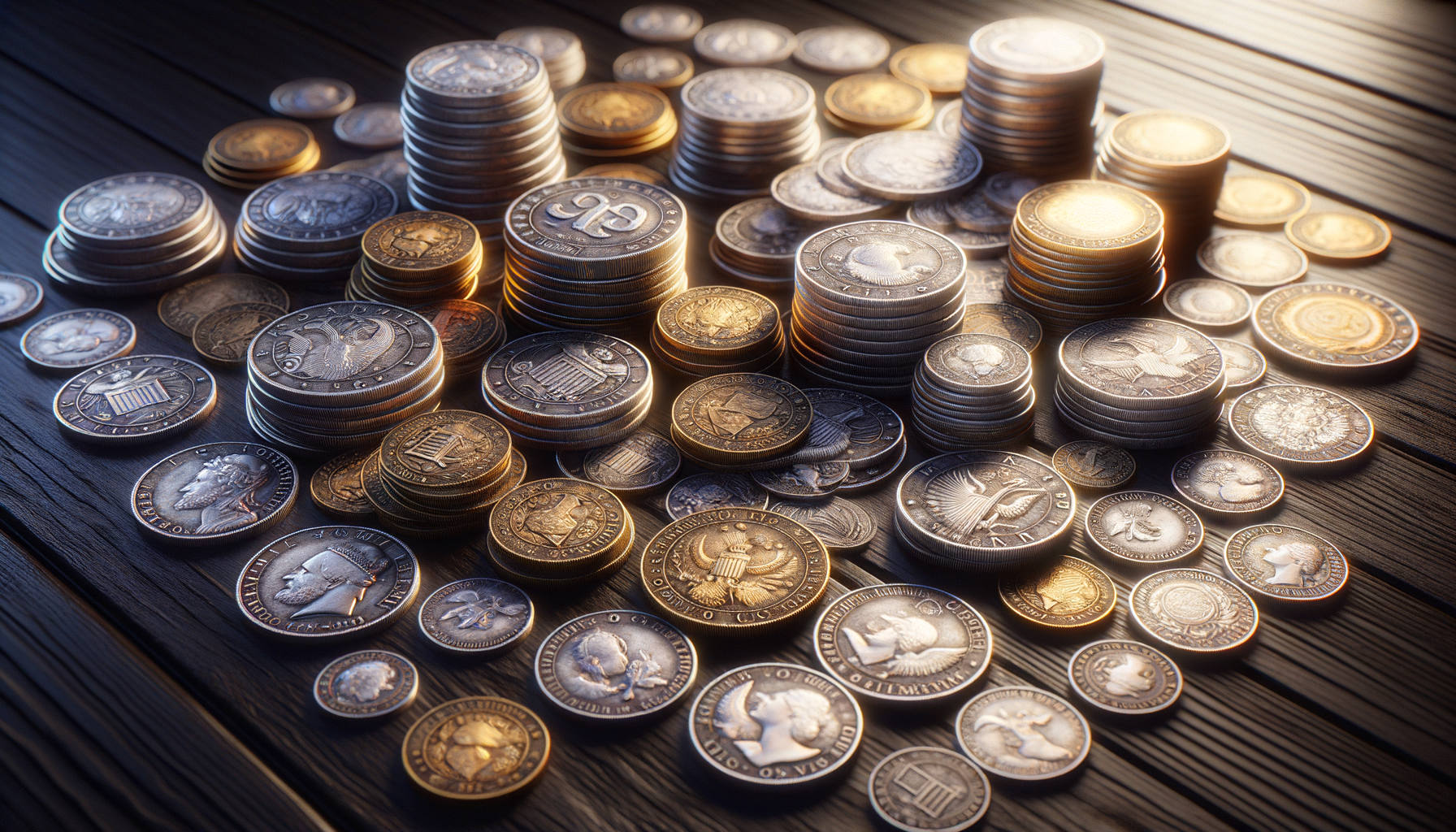Introduction to Collectable Coins
Collectable coins have long fascinated enthusiasts and investors alike, serving as tangible pieces of history that tell stories of the past. These coins are not just currency; they are artifacts that reflect the economic, cultural, and political landscapes of their times. The allure of collecting coins lies in their rarity, historical significance, and the potential for financial appreciation. In this guide, we delve into the world of collectable coins, exploring their history, the factors that determine their value, and how to start a collection.
The Historical Significance of Coins
Coins have been used as a medium of exchange for thousands of years, with the earliest examples dating back to ancient Lydia around 600 BC. These early coins were made from electrum, a naturally occurring alloy of gold and silver, and featured simple designs. As civilizations evolved, so did the artistry and complexity of coinage. Coins from ancient Greece, for instance, often depicted gods, goddesses, and mythological scenes, offering insights into the religious and cultural beliefs of the time.
During the Roman Empire, coins became a tool for propaganda, bearing the likenesses of emperors and symbols of power. The Byzantine Empire continued this tradition, with coins reflecting the empire’s Christian identity. In more recent history, coins have commemorated significant events, such as the end of wars or the reigns of monarchs. Collectors value these coins not only for their aesthetic appeal but also for the stories they tell about the societies that produced them.
Factors Influencing Coin Value
The value of a collectable coin is determined by several factors, including rarity, condition, historical significance, and demand. Rarity is one of the most critical aspects, as coins that were minted in limited quantities or have few surviving examples are typically more valuable. The condition, or grade, of a coin also plays a significant role. Coins are graded on a scale from poor to mint state, with those in better condition fetching higher prices.
Historical significance can elevate a coin’s value, especially if it is associated with a notable event or figure. For example, coins minted during the reign of a famous ruler or those that commemorate a pivotal historical event are highly sought after. Finally, demand within the collector community can influence prices, with certain coins becoming more desirable due to trends or increased interest in a particular era or region.
Starting a Coin Collection
Beginning a coin collection can be an exciting and rewarding endeavor. For newcomers, it’s essential to start with a focus, whether it’s a particular time period, region, or type of coin. Research is crucial; understanding the history and significance of the coins you wish to collect will enhance your appreciation and guide your purchasing decisions.
Joining a local coin club or online community can provide valuable insights and connections with experienced collectors. Attending coin shows and auctions offers opportunities to view a wide range of coins and learn from experts. It’s also important to set a budget and stick to it, as the allure of rare coins can sometimes lead to impulsive purchases. Investing in reference books and resources will help you make informed decisions and avoid common pitfalls.
Preserving and Displaying Your Collection
Proper preservation is key to maintaining the value and condition of your coin collection. Coins should be stored in a cool, dry environment, away from direct sunlight and fluctuating temperatures. Using protective holders or albums can prevent damage from handling and environmental factors. It’s important to avoid cleaning coins, as this can reduce their value; instead, leave any conservation efforts to professionals.
Displaying your collection can be a source of pride and enjoyment. Consider using display cases or frames that allow for easy viewing while protecting the coins from dust and handling. Sharing your collection with fellow enthusiasts or through exhibitions can also be a rewarding experience, providing opportunities to educate others and foster a deeper appreciation for these historical artifacts.




Leave a Reply